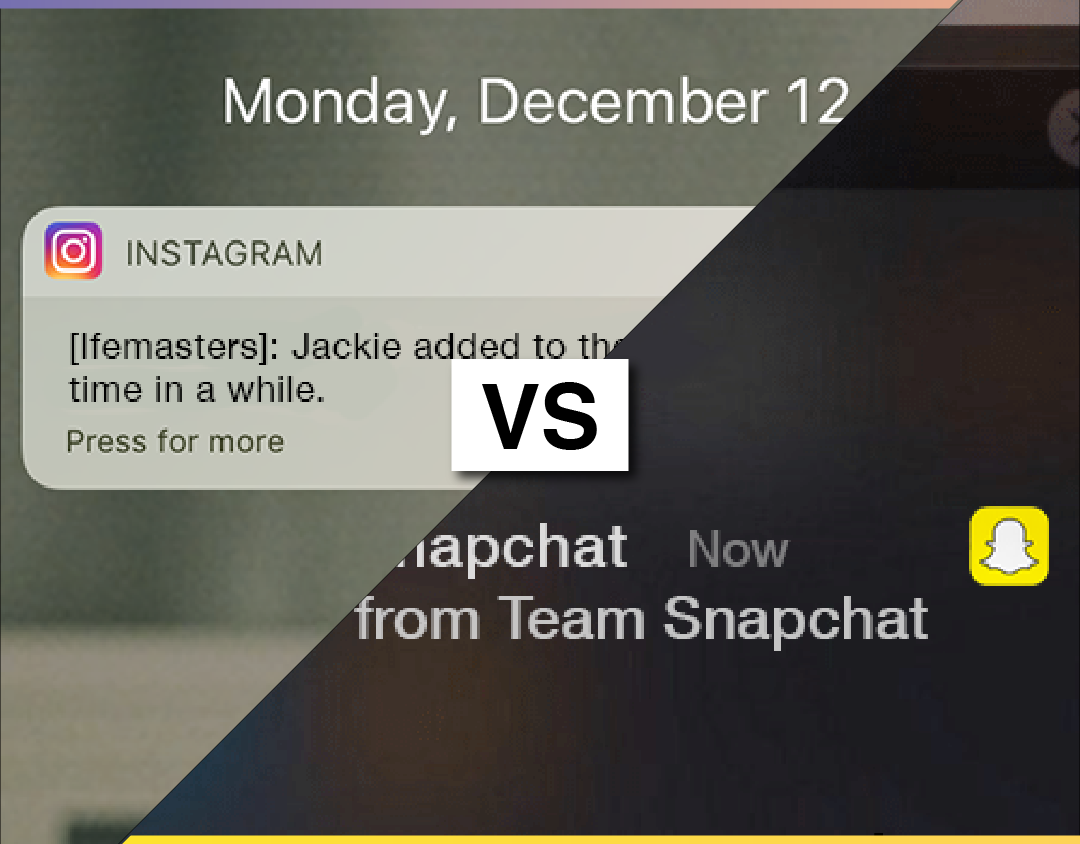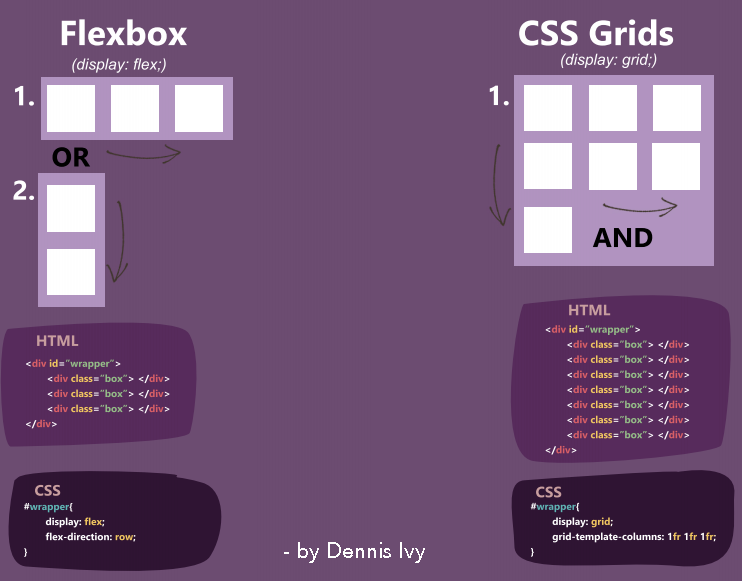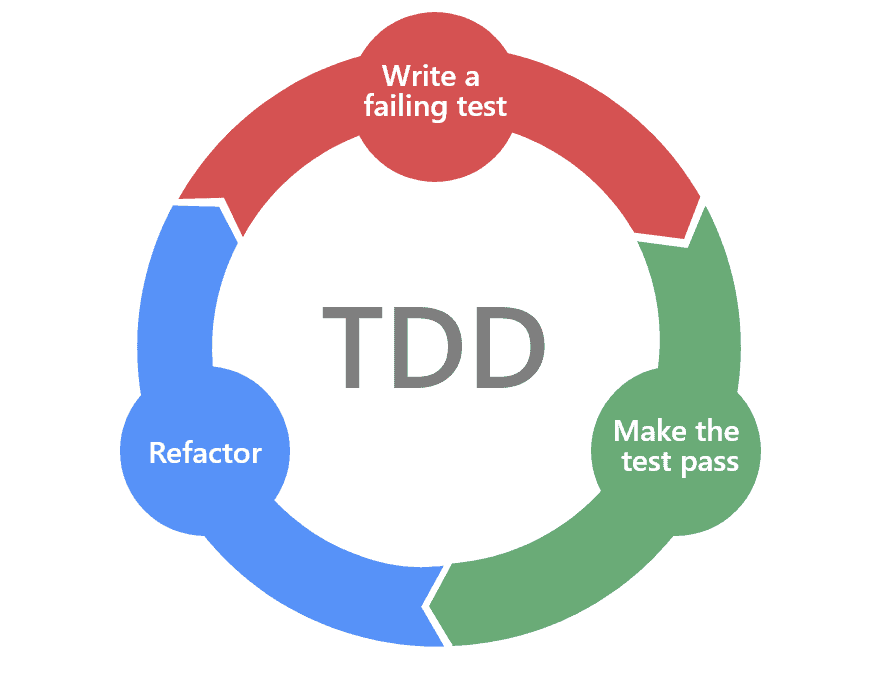Steps for conducting a starter Search Engine Optimization brainstorming and planning session around content!
1. Define your marketing objectives & define your Key Performance Indicators (KPIs)
2. Define your target audience
3. Identify the keywords, questions, and topics your audience might be searching for
With just these steps, you can start writing blog posts and creating content using those keywords, answering those questions and targeting your audience. It is important to create a content calendar and start posting preferably 3 to 4 times a week consistently. This habit will be super helpful as it typically takes 4 - 6 months to see organic traffic from SEO[1]. Now you might be thinking "4 - 6 months!? Who has that kind of time?" Well, hopefully your competitors don't. If your competitors are thinking the same thing, the good news is, once you have relevance it will take your competition 4 - 6 months to to try and outrank you, and by this point you would already have a well tuned machine for producing content.
The steps below are more technical and would not be part of the content brainstorming session, but are just as crucial to effectively building SEO. These steps involve more analytics and relationship building.
4. Audit your website to make sure it is web crawler friendly
5. Conduct a backlink audit to see who is linking to your site
6. Create a list of websites you would like to link to your content
7. Conduct a google index check on your webpage
8. Use google page speed and think with google to make sure your site runs smooth
1. Define your marketing objectives and KPIs
A good objective is measurable, actionable, and achievable and it also has a clear end date. This allows you to evaluate the success or failure of your marketing objective.
Example Objective: We want to improve the SEO on our website to drive 100 new direct customers to the Udacity DMND landing page through google search by the end of January 2019.
Using your objective, you can now define what the KPI is for evaluating if your objectives were met, what led to that success, and if they were not met, why did your efforts fall short.
Example KPI: The number of direct customers coming from our keyword in google search.
If these objectives look too simple, that's good. You want simple objectives so you have a clear path on where to start! If your company and team does have bigger goals though, do not make one big complicated marketing objective.
Complicated Objective: We want to be the global leader on providing content in the healthcare industry! Healthcare professionals should find our articles informative, insightful, and helpful to their everyday work.
This will just feel too daunting a pressure on the people executing on this objective (I mean, where do you start to get to a global leader and how do you measure that?). Instead, make multiple simple objectives each with their own KPIs. This is good for 2 reasons! One, you can measure each objective separately and evaluate where the team is succeeding and where might they need to put more effort. Two, a simple objective should feel actionable making it easy for the team to figure out where to start
2. Define your target audience
You want to define the audience that is relevant to your objectives. The key points you want everyone to agree on that relate to those objectives for your target audience are:
Background and demographics ie Age, Gender, Education, Income, and / or any characteristics that might be important and special about this audience (for example do they have pets, children, a spouse, etc.)
Needs: What needs really drive your audience in decision making, are they quick decision makers or slow decisions makers? Do they need a lot of information?
Hobbies: What does your audience do for fun, for relaxation, and for social engagement and keeping connected with people online?
Goals: How is your audience currently limited in reaching either success, happiness, understanding, or achieving a personal dream? What are those successes and dreams?
Barriers: Why is your audience unable to reach these dreams and goals both externally and internally?
A name and photo: This personalizes your target audience for the whole team.
The goal of this is to get everyone aligned on who you are trying to reach and behaviors this audience has. This will help both with the tone of your content as well as thinking through what questions to write blog posts about that you can answer. Additionally, you can use their needs and hobbies to write creative tangential content that can help break through the noise if your market already has a lot of competition.
You can fill out the simple template below to represent who your target audience is with everyone on the team.
3. Identify the keywords, questions, and topics your audience might be searching for
Keyword planning involves identifying the keywords you want to include in your content to increase your websites relevance to that topic and drive users to your page. Be sure to use a mix of branded (ie your company name, company tagline, and frequently used words) and non-branded keywords (ie general categories or items in your industry and terms used often in your industry).
In addition to specific keywords, also think of questions your audience might be looking for in search terms, if possible find someone similar to your target audience and have them perform a google search for information with vague prompts to get an idea of what language they use and how they might be searching.
In terms of keywords: you want head keywords, keywords that are very broad for the customer segment you are in, and tail keywords, keywords that are more specific. Head keywords will have higher volume of searches, for example head keywords would be in the red section of the diagram below, since they are broad but it makes bidding for them harder. On the other hand, tail keywords will have lower volume of searches but high variations, they are the green section on the diagram below, leading to lower bidding costs (if you enter search engine marketing, SEM, to boost your SEO).
On top of planning for keywords to put into your blog content, you can also perform a technical audit to see if your website metadata is accurately in place to help your websites rank. Website metadata is how search engines and web crawlers further understand the context of your website.
4. Audit your website to make sure it is web crawler friendly
Make sure your title tag (<title> </title>) describes the topic of each page or piece of content on your website. It should include a keyword you find important.
Make sure your meta description (<meta name="description" content="detailed description" />). This should also include the same keyword from your title.
Use header tags (<h1> Topic Heading </h1>) to organize your content since this bolds your text and increases the size of your topic heading. This also how Google creates snippets on the search page because crawlers use h1, h2, h3 and sometimes h4 or even h5 tags to understand heading and subheading relevance with your content.
Use image alt tags (<img alt="description of the image" src="link to image" />) to help web crawlers understand the description of the images on your website. Web crawlers do not scan images, so they use alt tags to understand the images on your website.
Nofollow a tags (<a rel="external nofollow"> </a>) protects you from links with damaged domain authority, while still allowing the link to be active for users. Nofollow links are not super essential, selecting links with good domain authority are more important, and so if your team is tight on time do not stress on using nofollow links.
For your a tags (<a href="http link"> content </a>), it is important to have relevant content between your link. The content between your link tag is how web crawlers understand what content the link goes to, so use descriptive language.
This is a task for if you have time, which is using canonical tags (the different URL versions of your webpage) to consolidate the multiple versions of your link that redirect to your webpage.
Neil Patel has an article going through these 7 essential HTML tags to boost your SEO by making it web crawler friendly.
5. Conduct a backlink audit to see who is linking to your site
Use Moz OpenSite Explorer to see who is linking to your website and what your domain authority looks like.
6. Create a list of websites you would like to link to your content
Use Semrush to research websites in the same industry and understand their traffic volume and domain authority to strategize what sites you want to link in your content.
7. Conduct a google index check on your webpage
Use Pingler Indexed Pages Checker to check how many pages google has indexed for your website. You can only use 10 entries for free within a 24 hour period on the Pingler website, so feel free to plan accordingly. The Pingler tag extractor is also super useful.
8. Use google page speed and think with google to make sure your site runs smooth
NielPatel's SEO analyzer could be of great help.
It lets you know:
1. Your monthly visitors from google search
2. The name of 3 websites of your closest competitors
3. The monthly visitors from your competitors
4. How much money your competitors are generating per month
5. If your competitors are spending money on google ads
6. What their domain authority is
7. How many sites link back to you
8. How many sites link to your competitors website
9. How any social shares you have
10. How many social shares your competitors have
11. How many SEO errors you have on your homepage
Keyword Planning and Backlink tools
Wordze
Google Webmaster
SERPed.net
Moz, Semrush, Ahrefs
Canirank
KWfinder
Serpstat
SEOSpyglass
SEMRush
SEO Powersuite
2. A big thanks to the Udacity digital marketing Nano-degree for the knowledge on this subject and some of the visual graphics.




